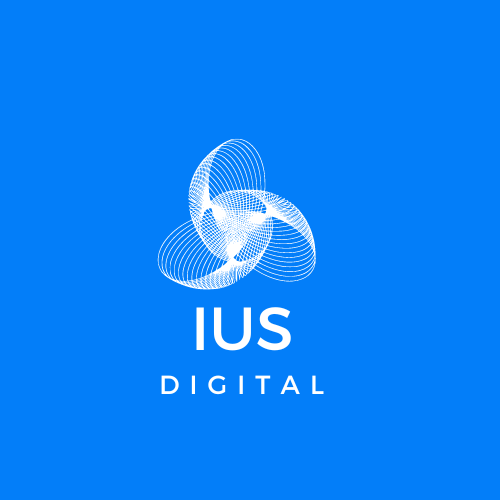The Future of Content Marketing in 2025: Insights for Business Growth
Content marketing has evolved from a support strategy to the beating heart of digital marketing. As we step into 2025, businesses must adopt innovative, ethical, and impactful approaches to connect authentically with their audiences. This blog explores emerging trends, technologies, and practices shaping the future of content marketing while emphasizing the importance of sustainable, values-driven strategies for business growth.
1. Hyper-Personalization at Scale
In 2025, hyper-personalization will be a defining trend. Advanced AI tools now analyze user behavior in real-time, offering tailored content that resonates deeply with individual consumers. Techniques such as dynamic storytelling, powered by predictive analytics, ensure each customer feels valued. However, brands must prioritize ethical consumer behavior, safeguarding user data and promoting transparency.
Corrective Strategy:
Implement transparent marketing practices by clearly communicating how data is used.
Use tools that align with privacy regulations, such as GDPR or CCPA, to build trust.
2. Sustainability as a Core Content Pillar
Sustainability is no longer optional—it’s a priority for businesses aiming to align with conscious consumerism. Content strategies now revolve around promoting environmental consciousness and values-driven marketing, ensuring messaging reflects genuine commitment rather than greenwashing.
Educational Tip: Share behind-the-scenes stories of your company’s efforts toward sustainability, like using eco-friendly materials or reducing carbon footprints. This reinforces authentic brand messaging and fosters trust.
Actionable Insight: Highlight your company’s corporate social responsibility (CSR) initiatives in blogs, newsletters, and videos. For example, showcasing community engagement projects amplifies your social impact marketing efforts.
3. Cutting-Edge Content Technologies
The future of content marketing is defined by emerging technologies that enable businesses to stay ahead:
AI-Powered Content Creation: Tools like Jasper and Writesonic generate SEO-optimized content efficiently.
Immersive Content Experiences: AR/VR technologies allow brands to create interactive campaigns that boost engagement.
Blockchain for Content Authentication: Blockchain helps verify content originality, ensuring credibility and combating misinformation.
Strategy for Adoption: Leverage immersive storytelling via AR to create impactful advertising campaigns that connect emotionally with audiences. For example, brands can use AR to showcase their sustainable product lifecycle.
4. Ethical and Purpose-Driven Branding
Consumers increasingly expect brands to stand for something beyond profit. Purpose-driven branding anchored in social justice advocacy or community engagement strengthens loyalty and enhances brand equity.
Educational Example: Brands like Patagonia exemplify responsible branding strategies by advocating for environmental conservation. Similarly, businesses must align their core messaging with societal issues that matter to their audience.
Content Idea: Develop thought leadership blogs around ethical product promotion and the impact of purpose-driven branding on consumer trust.
5. Storytelling for Social Impact
Storytelling remains an irreplaceable tool, but in 2025, it’s more focused on social impact. Highlighting real-life stories, customer testimonials, and community-driven narratives fosters relatability and encourages ethical consumer behavior.
Example: A campaign showcasing a brand’s efforts to support marginalized communities can drive emotional connections and reinforce its commitment to social justice advocacy.
Content Plan: Regularly feature employee or community spotlights to showcase your organization’s values and transparent marketing practices.
6. Metrics That Matter in 2025
Traditional metrics like clicks and views are no longer sufficient. Businesses must evaluate content performance through a values-driven lens:
Social Impact Metrics: Measure how well your campaigns align with and promote social and environmental goals.
Consumer Sentiment Analysis: Use AI tools to gauge the emotional and ethical response to your content.
Corrective Action: Create dashboards that integrate performance data with impact reports, ensuring your responsible branding strategy resonates with your audience.
7. Building Trust Through Transparency
In an era where misinformation abounds, transparency is a non-negotiable. Authentic brand messaging fosters long-term loyalty, and consumers are quick to spot—and reject—disingenuous content.
Pro Tip: Create content hubs that detail your company’s journey, including triumphs and challenges. Use community engagement platforms to share progress reports on your CSR initiatives.
Example: Embed interactive timelines on your website to show the evolution of your sustainability goals.
Why Choose IUS Digital Solutions?
At IUS Digital Solutions, we specialize in crafting content strategies that align with your business’s core values. From implementing sustainable marketing practices to leveraging cutting-edge AI tools, our solutions are designed to drive growth while fostering meaningful connections.
For tailored digital marketing services, contact us today.
Conclusion
The future of content marketing lies at the intersection of technology, ethics, and purpose. By embracing trends like hyper-personalization, immersive technologies, and social impact marketing, businesses can forge deeper connections with their audiences. Prioritizing transparency, sustainability, and authenticity will not only drive growth but also ensure your brand remains relevant and respected in an ever-changing digital landscape.
Adopt these strategies now, and position your business as a leader in 2025’s dynamic content marketing arena.


